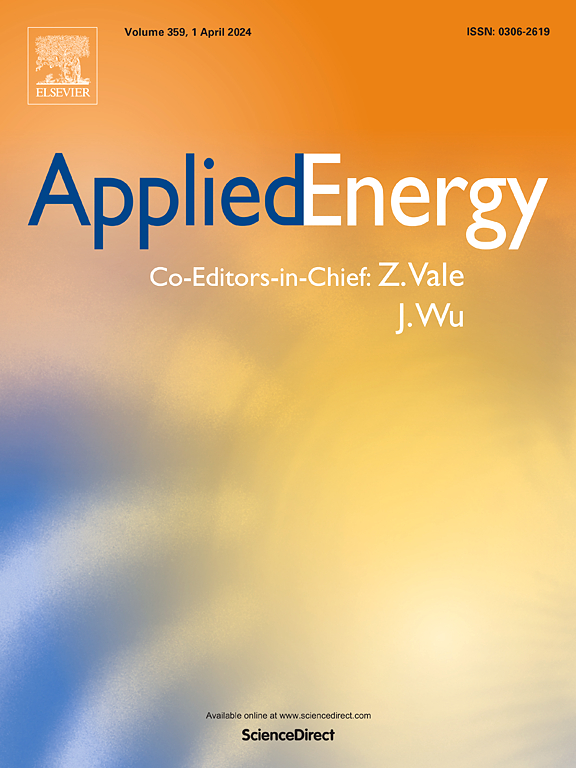When do different scenarios of projected electricity demand start to meaningfully diverge?
IF 10.1
1区 工程技术
Q1 ENERGY & FUELS
引用次数: 0
Abstract
Resource adequacy studies look at balancing electricity supply and demand on 10- to 15-year time horizons while asset investment planning typically evaluates returns on 20- to 40-year time horizons. Projections of electricity demand are factored into the decision-making in both cases. Climate, energy policy, and socioeconomic changes are key uncertainties known to influence electricity demands, but their relative importance for demands over the next 10–40 years is unclear. The power sector would benefit from a better understanding of the need to characterize these uncertainties for resource adequacy and investment planning. In this study, we quantify when projected United States (U.S.) electricity demands start to meaningfully diverge in response to a range of climate, energy policy, and socioeconomic drivers. We use a wide yet plausible range of 21st century scenarios for the U.S. The projections span two population/economic growth scenarios (Shared Socioeconomic Pathways 3 and 5) and two climate/energy policy scenarios, one including climate mitigation policies and one without (Representative Concentration Pathways 4.5 and 8.5). Each climate/energy policy scenario has two warming levels to reflect a range of climate model uncertainty. We show that the socioeconomic scenario matters almost immediately – within the next 10 years, the climate/policy scenario matters within 25–30 years, and the climate model uncertainty matters only after 50+ years. This work can inform the power sector working to integrate climate change uncertainties into their decision-making.
求助全文
约1分钟内获得全文
求助全文
来源期刊

Applied Energy
工程技术-工程:化工
CiteScore
21.20
自引率
10.70%
发文量
1830
审稿时长
41 days
期刊介绍:
Applied Energy serves as a platform for sharing innovations, research, development, and demonstrations in energy conversion, conservation, and sustainable energy systems. The journal covers topics such as optimal energy resource use, environmental pollutant mitigation, and energy process analysis. It welcomes original papers, review articles, technical notes, and letters to the editor. Authors are encouraged to submit manuscripts that bridge the gap between research, development, and implementation. The journal addresses a wide spectrum of topics, including fossil and renewable energy technologies, energy economics, and environmental impacts. Applied Energy also explores modeling and forecasting, conservation strategies, and the social and economic implications of energy policies, including climate change mitigation. It is complemented by the open-access journal Advances in Applied Energy.
 求助内容:
求助内容: 应助结果提醒方式:
应助结果提醒方式:


